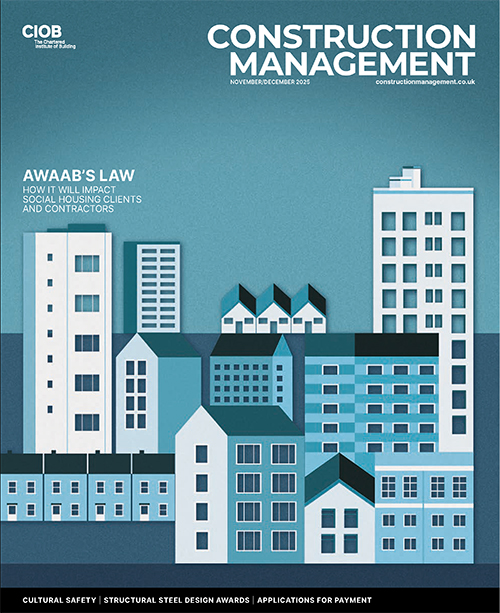
The Home Office has revealed the key details of the proposed counter-terrorism in the built environment law, which has just been introduced to Parliament.
Known as Martyn’s Law, it will require those who build and operate the built environment to consider terrorist attack scenarios and how to prevent and respond effectively. It will require venues to provide staff with counter-terrorism training, carry out risk assessments inside and out, mitigate any risks identified, and have a counter-terrorism action plan in place.
Martyn’s Law is named after Martyn Hett, one of the 22 people killed in the 2017 Manchester Arena bombing. His mother, Figen Murray OBE, instigated the law.
The steps required to comply with the counter-terrorism law are proportionate and take a tiered approach, aligned to a premises’ capacity and the nature of the event taking place.
Two-tiered approach
Basically, there are two tiers (with notable exceptions and more detail covered in the law’s documents):
- standard – premises that may host 200-799 individuals at the same time; and
- enhanced – premises that may host 800 or more individuals at the same time.
Not unexpectedly, the enhanced tier will have the most impact on building owners, operators, designers and contractors. This tier requires four types of procedures to be put in place: evacuation, invacuation, lockdown, and communication.
Appropriate mitigations (known as public protection measures) to achieve the above include:
- monitoring the premises or event;
- controlling the movement of people into, out of, and within a premises or event (including searching and screening people, locks and barriers, and CCTV);
- physical safety and security measures that strengthen premises and events structures to prevent certain attack methodologies from occurring and/or to mitigate their impacts (including standoff zones, safety glass and hostile vehicle mitigation); and
- security information management (for example, ensuring that sensitive information such as floorplans are held securely, and access is restricted to relevant individuals).
Penalties for non-compliance
The Security Industry Authority will take the role of Martyn’s Law regulator. Civil sanctions for non-compliance are proposed to range from compliance notices (requiring remedial action to be taken within a specified timeframe) to penalties of a maximum of £10,000 for standard premises and £18m (or 5% of worldwide revenue) for enhanced premises or qualifying events.
Home secretary Yvette Cooper said: “This legislation will strengthen public safety, help protect staff and the public from terrorism and ensure we learn the lessons from the terrible Manchester Arena attack and the inquiry that followed. It is important we now take this forward through Parliament in Martyn’s memory and to help keep people safe.”
Murray said: “I want to thank everyone who has played a part in getting the bill to this stage, and especially the prime minister, who gave me his word that he would act quickly to introduce Martyn’s Law. He said he would act quickly, and he has. Today means we are one step closer to making public spaces safer for everyone. It is also hugely important for my family that Martyn’s Law will be on the statute book ahead of the next anniversary of Martyn’s death.”











